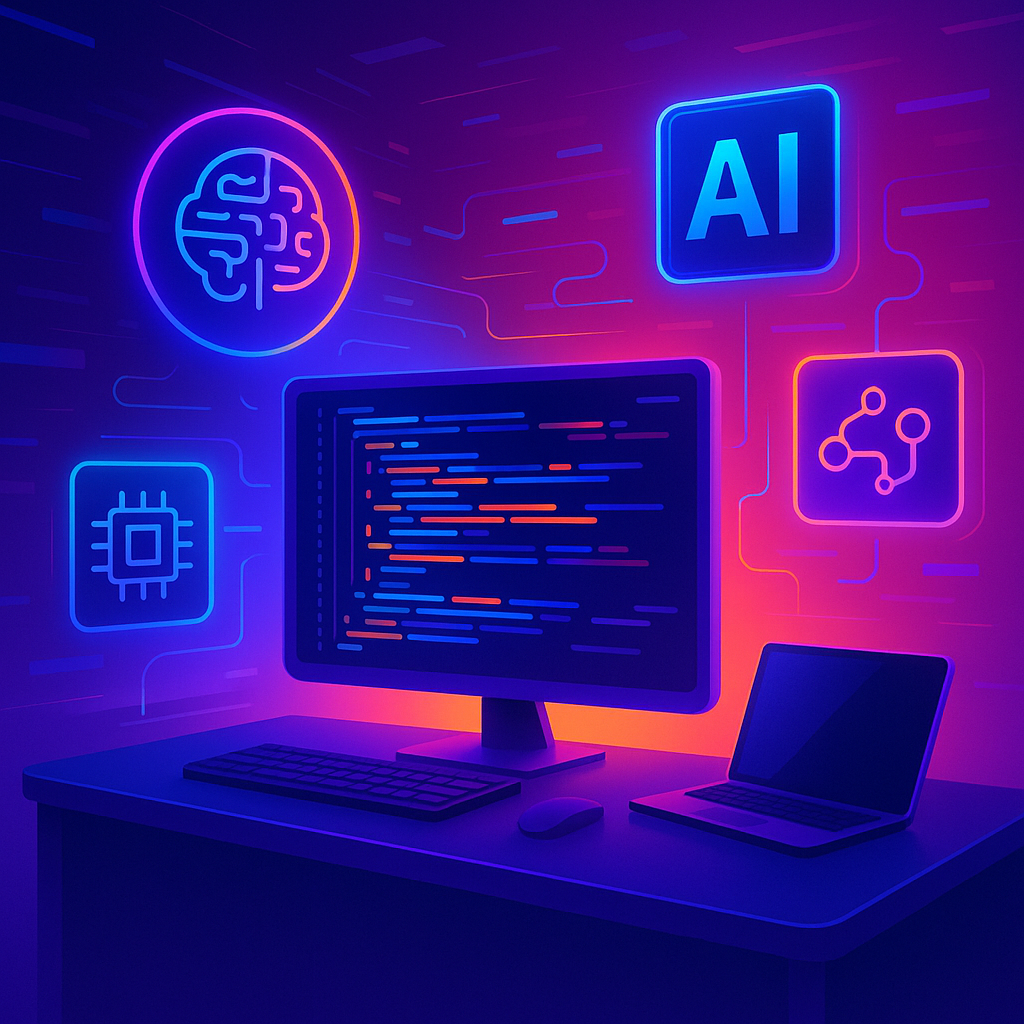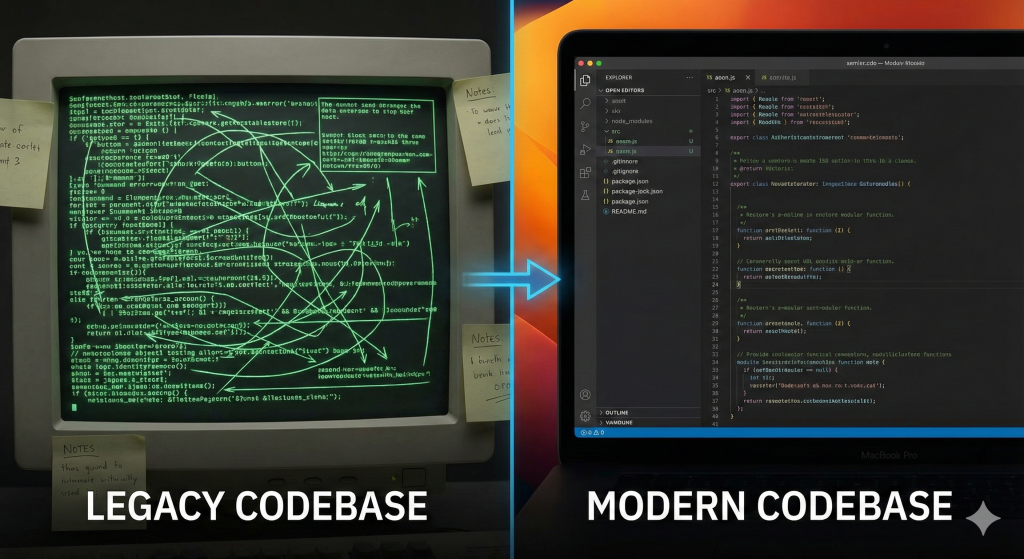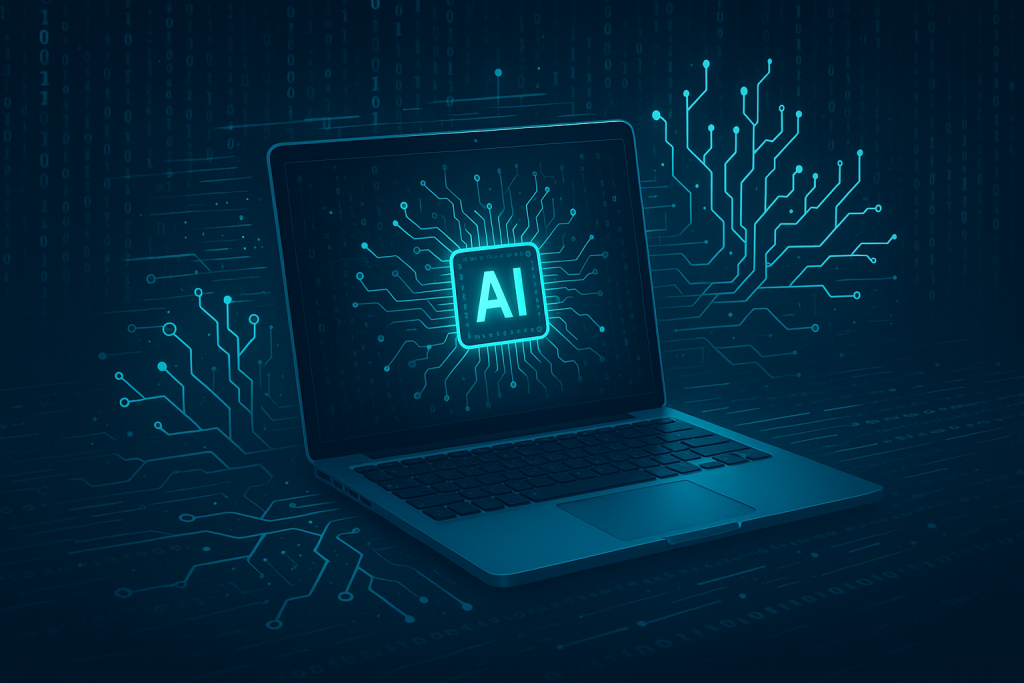Introduction to Vibe Coding
In recent years, the emergence of vibe coding has redefined the landscape of software development. Using artificial intelligence (AI), this innovative approach translates natural language prompts into functional code, paving the way for rapid prototyping and enabling a broader demographic to engage in coding. Vibe coding not only boosts productivity but also lowers the traditional barriers to entry in software creation.
Understanding AI’s Role in Software Development
Artificial intelligence has become a pivotal tool in modern software engineering. By leveraging models like OpenAI’s Codex, AI systems can decipher complex human language and produce coherent, functional code. This evolution is underpinned by the need to optimize workflows and reduce the time spent on manual coding tasks. According to research featured on Axios, AI has quickly transitioned from a theoretical tool to a practical solution that enhances productivity and innovation in the software industry.
Moreover, AI empowers developers by automating mundane tasks, allowing them to focus on strategic problem-solving and creative aspects of coding. This integrative approach is rapidly becoming a standard in tech companies looking to accelerate product development and maintain competitive edges in a fast-paced market.
How AI Transforms Natural Language Into Code
The essence of vibe coding is its capability to convert human language into executable code. By employing extensive training on diverse datasets, AI platforms can interpret instructions in plain English and generate code snippets that fulfill specific functional requirements. This technology enables developers to communicate ideas without being bogged down by the intricacies of programming syntax.
For instance, a developer can simply articulate, “create a function that sorts an array of numbers,” and the AI system can generate a relevant code snippet. Such functionality not only accelerates development but also encourages experimentation and learning among users, making the transition from idea to prototype seamless. Insights from Axios further illustrate how AI-driven platforms are democratizing the software development process by bridging the gap between natural language and coding.
Advantages of Vibe Coding: Speed and Accessibility
One of the foremost advantages of vibe coding is the significant increase in development speed. AI-driven tools reduce the lag between conceptualization and implementation, enabling rapid prototyping—a crucial element in dynamic and competitive environments. As outlined in research from Axios, tools like Codex have demonstrated that AI can effectively streamline coding processes, allowing developers to focus their energies on more creative and high-level problem-solving.
Accessibility is another major benefit. Vibe coding opens up the world of software development to individuals without a formal background in computer science. By removing the necessity to understand programming languages in depth, these AI tools empower a diverse range of people to contribute to software creation. This democratization not only paves the way for innovative ideas but also enriches the tech community by bringing in fresh perspectives and novel solutions.
Overall, the speed and accessibility rendered by vibe coding are revolutionizing how quickly ideas can be prototyped and iterated upon, fostering an environment ripe for innovation and rapid growth.
Challenges and Concerns: Code Quality and Security
Despite its promising benefits, vibe coding is not without its challenges. One of the primary concerns is that AI-generated code may sometimes fall short in adhering to the best practices and standards that human developers painstakingly cultivate over time. Research from Zencoder.ai highlights that without adequate oversight, this can lead to code that is difficult to maintain, potentially incurring technical debt over time.
Security is another area where AI-generated code warrants caution. Given that AI models are trained on vast, publicly available datasets, there is a risk that insecure coding patterns might be inadvertently propagated. It is, therefore, essential for developers to rigorously review, test, and validate AI-generated code to prevent potential security vulnerabilities.
Furthermore, an overreliance on AI generation could diminish the need for deep technical expertise, potentially leading to a decline in critical debugging and problem-solving skills. Ethical and legal implications also emerge, particularly concerning intellectual property and code ownership when AI models use publicly sourced code. These considerations underline the importance of balanced integration between AI assistance and human oversight.
The Importance of Human Oversight in AI Coding
While AI offers tremendous benefits in terms of speed and accessibility, human oversight remains indispensable in the coding process. Software development is inherently complex and nuanced; as such, AI-generated outputs must be diligently reviewed by experienced developers to ensure they meet established standards of quality, security, and maintainability.
Human oversight not only mitigates the risks associated with AI-generated code but also complements AI by injecting creativity and problem-solving skills into the development process. This collaboration is vital for refining AI outputs into production-ready solutions. Articles from HTEC stress that maintaining a balance between AI efficiency and human expertise is crucial for achieving robust, secure, and scalable software development.
Conclusion: The Future of AI-Assisted Software Development
The rise of vibe coding marks a transformative shift in software development. By transmuting natural language into functional code, AI-assisted tools are revolutionizing the way prototypes are developed, enabling unprecedented speed and inclusivity in the creation process. However, the challenges of code quality, security, and ethical implications necessitate careful human oversight and continuous refinement of these AI tools.
Looking ahead, the future of AI-assisted software development is promising. A synergistic blend of AI automation and human ingenuity is set to push the boundaries of innovation in software creation. As developers continue to adapt and embrace this emerging paradigm, vibe coding will play a pivotal role in shaping a more efficient, secure, and inclusive technology landscape.
Frequently Asked Questions (FAQ)
What is vibe coding?
Vibe coding is a revolutionary approach in software development where AI translates natural language prompts into functional code. It aims to accelerate development and make coding more accessible.
How does AI convert natural language into code?
AI uses advanced language models, such as OpenAI’s Codex, which are trained on vast amounts of code and natural language data to understand human instructions and generate corresponding code snippets.
What are the main advantages of vibe coding?
The advantages include increased productivity, rapid prototyping, enhanced accessibility for non-traditional developers, and a generally accelerated development process.
What are the challenges associated with vibe coding?
Some challenges include potential issues with code quality and maintainability, security vulnerabilities in AI-generated code, and the risk of its overuse diminishing essential coding skills. Moreover, ethical and legal issues, such as questions of code ownership, need careful consideration.
Final Thoughts
Vibe coding stands at the intersection of human creativity and AI-powered efficiency. While it promises to make software development faster and more accessible, its successful application relies on deliberate human oversight to ensure the production of high-quality, secure code. As the industry evolves, developers must harness the dual strengths of AI innovation and critical human judgment to shape the future of software development in a manner that is both inclusive and robust.



